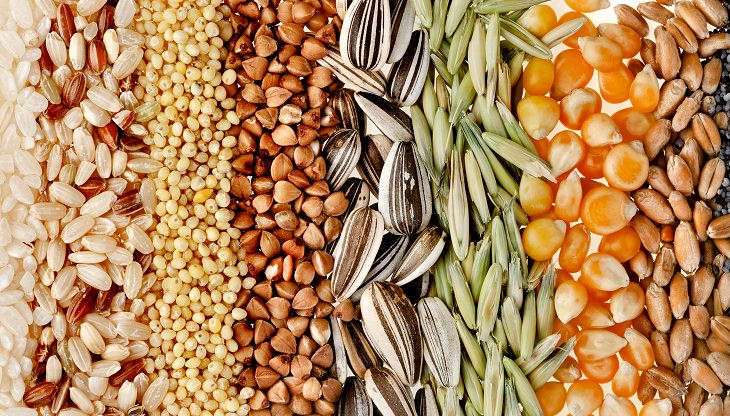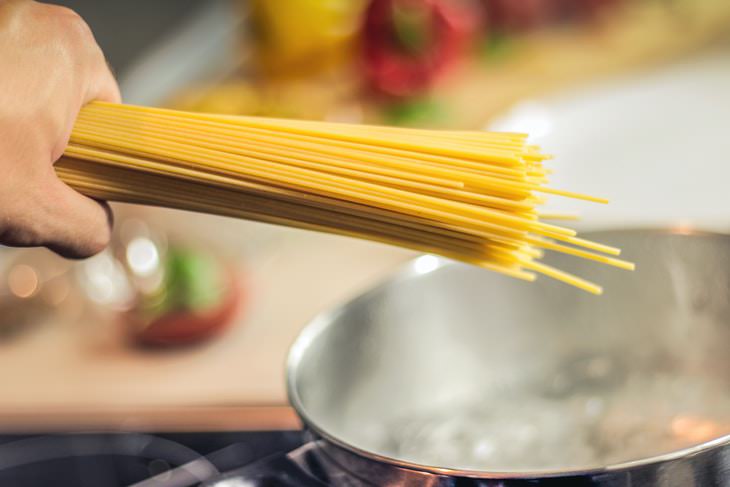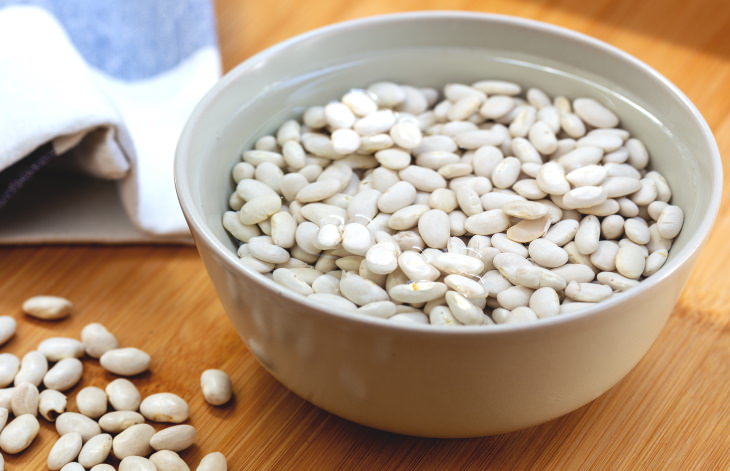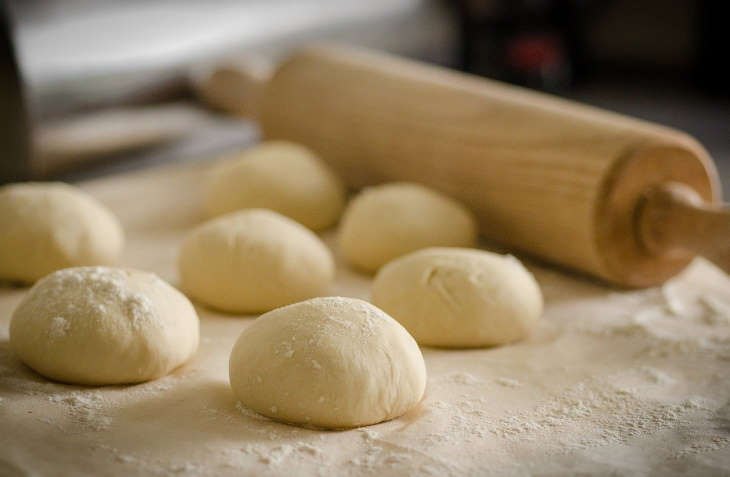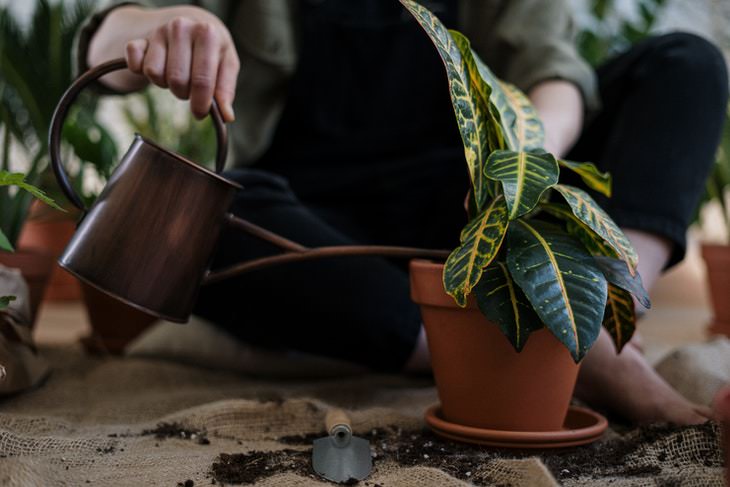You're all well aware that every part of drumstick tree is very useful. Normally when I get some leaves, I cook with Moongdal/ pasiparuupu. Yesterdday, tried cooking redbeans with moongdal and shallots.
INGREDIENTS
drumstick leaves 2 big handful/ about 1 big cup
small red beans 1/2 cup
moongdal 1/4 cup
shallots / sambar onion 5 finely chopped
garlic 3 ( optional) finely chopped
potato 1 small cooked
salt to taste
red chili pdr to taste
kitchen king masala 1/2 tsp
oil 2 tsp
jeera/ cumin seeds 1/2 tsp
hing little
turmeric pdr 1/4 tsp
METHOD
I pressure cooked the small red beans and moong dal together.
What I do when I have to cook little dal, I keep it in a small vessel in the pressure cooker.
I wash and put some potatoes whole around the vessel. I use how much ever potato I need that day, rest I keep in the fridge, it comes handy to make alu paranta or while making poha or upma or any vege. Don't peel the potato skin while keeping in the fridge.
In a kadai, add oil and jeera, once it crackles, add hing, then add onion and garlic if using with wee bit salt to fry, once onion is fried, finely chop the potato along with turmeric and chili powders, fry well.
then add the cooked dal and beans with the water in which it was cooked along with the drumstick leaves adding salt to taste, cook till the leaves are cooked last add kitchen king masala, mix well for 2 minutes, remove, serve hot with bread toast, roti, rice.
I gave it to my friend to taste, se thought that I had used spinach leaves !
https://gscrochetdesigns.blogspot.com. one can see my crochet
creations
https://cancersupportindia.blogspot.com. feel free to view for easy, simple and health tips
https://kneereplacement-stickclub.blogspot.com. for info on knee replacement
https://GSiyers home remedies.blogspot.com is the
latest addition to my blogs.
